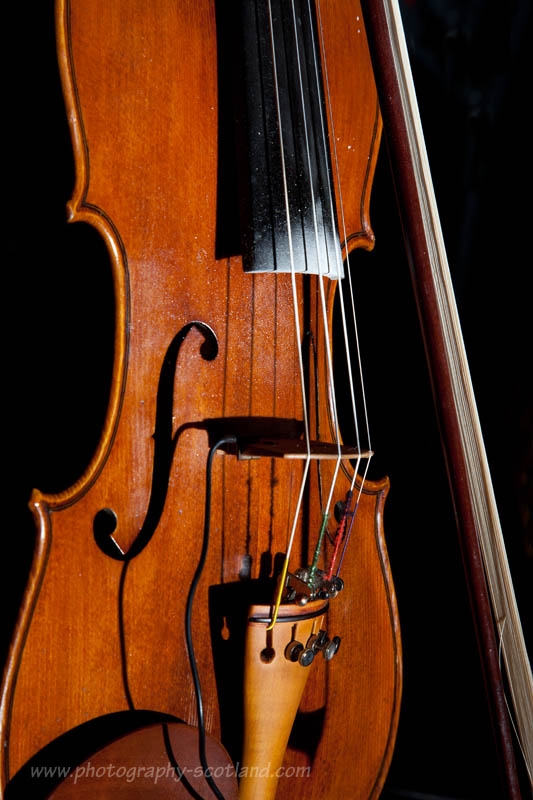Developing tone on the fiddle
We spent tonight’s lesson doing some more work on our tone. We started by playing through the tune from last week – I See Mull. Then we learnt a new waltz – Dance des Petit Filles (The Dance of the little Girls). The written music is on the music page. It’s an unusual tune, and turned out to be quite a challenge to learn!
After the break, we did some more work on our tone on the fiddle. We split into pairs, and gave each other feedback about our bows. We started off focusing on keeping the bow perpendicular to the fiddle strings, then worked on playing with the bow closer to the bridge.
Bow hold
Developing a relaxed and comfortable bow holdwill also help us play with a more mellow tone.
We put down our fiddles for a while, and worked on our bow holds. If you drop your bowing arm down by your side (without holding the bow!), and shake it out, your hand relaxes. You can keep the hand in this relaxed position, and raise it up in front of you, and place the bow into it. It gives an idea of how relaxed the bow hold can be when you’re playing. Getting into a habit of doing this before picking up the bow to play will help develop a more relaxed bow hold when playing.
It’s particularly important to keep the thumb relaxed and slightly bent.
We tried out moving the bow through long bow strokes, to get the feel of having a flexible wrist when we play.
The we talked about how the 1st finger and the pinkie are important for helping to keep control over our volume when we’re playing. The thumb acts as a pivot for the bow. If we put a bit of pressure on the pinkie when we play a bow stroke, it takes some of the weight of the bow off the fiddle strings. The lighter bow plays much more quietly, with a delicate tone. We tried this out on out fiddles. Conversely, pushing down with the forefinger pushes the bow into the strings, giving a scrunchier louder sound to the note.
Creating dynamics
We went back to the waltz we learnt earlier, and tried thinking about where we might change the volume of our playing, to help it to become more expressive. We also tried out changing our bow speed to help create a crescendo within some of the longer notes in the tune.
At the end of the evening we played through a few tunes – we played Mrs MacLeod of Raasay, Willafiord and Roxburgh Castle as a set. We also played Fionn’s, a tune by Charlie McKerron which we’ve learnt previously in the class.


